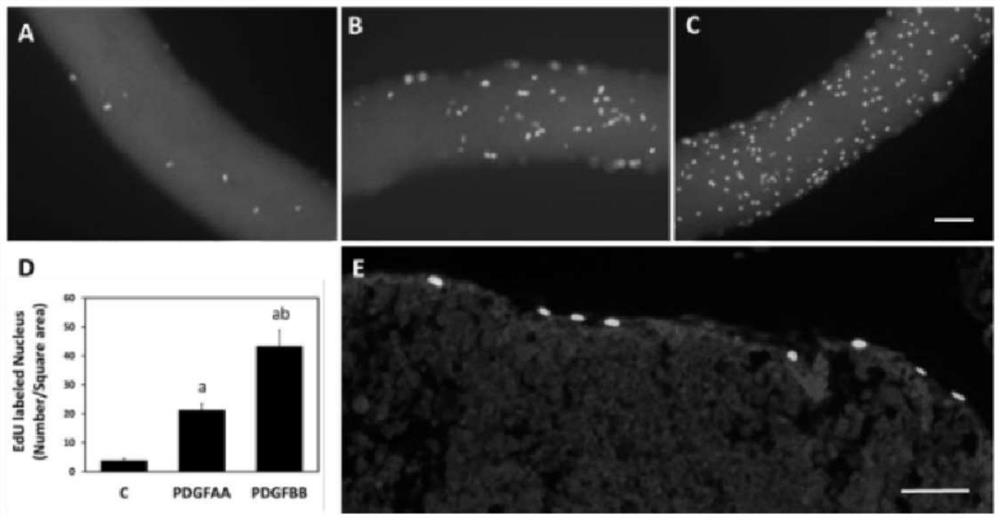Method for testing that SLC can maintain homeostasis of Leydig and muscle-like cells in adult testis
A homeostasis and cell body technology, applied in the field of biochemical experiments, can solve problems such as unverified SLC
- Summary
- Abstract
- Description
- Claims
- Application Information
AI Technical Summary
Problems solved by technology
Method used
Image
Examples
Embodiment Construction
[0052] This embodiment discloses a method for testing that SLC can maintain the homeostasis of Leydig and muscle-like myoid cells in adult testis, and the specific steps are as follows:
[0053] Step 1, the treatment of experimental animals: 90-day-old male SD rats were selected, the temperature of the SD rats was kept at 22°C, and light and dark were switched every 12 hours, and the SD rats were provided with free water. and food. Intraperitoneal injection of EDS (80mg / kg body weight) to the SD rats, after four days of EDS treatment, the EDS was prepared by dissolving 80mg / kg body weight in DMSO:PBS as a solvent of 1:3, by decapitation Kill SD rats;
[0054] Step 2. Isolation and culture of seminiferous tubules: put the testis tissue without albuginea in DMEM / F-12 medium, mechanically separate the seminiferous tubules from the interstitial tissue under a transmitted illumination dissecting microscope, and harvest them at equal lengths 5 cm isolated seminiferous tubules were...
PUM
 Login to View More
Login to View More Abstract
Description
Claims
Application Information
 Login to View More
Login to View More - R&D
- Intellectual Property
- Life Sciences
- Materials
- Tech Scout
- Unparalleled Data Quality
- Higher Quality Content
- 60% Fewer Hallucinations
Browse by: Latest US Patents, China's latest patents, Technical Efficacy Thesaurus, Application Domain, Technology Topic, Popular Technical Reports.
© 2025 PatSnap. All rights reserved.Legal|Privacy policy|Modern Slavery Act Transparency Statement|Sitemap|About US| Contact US: help@patsnap.com



